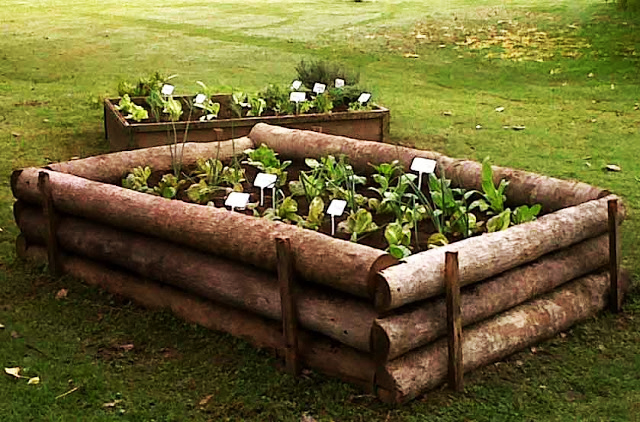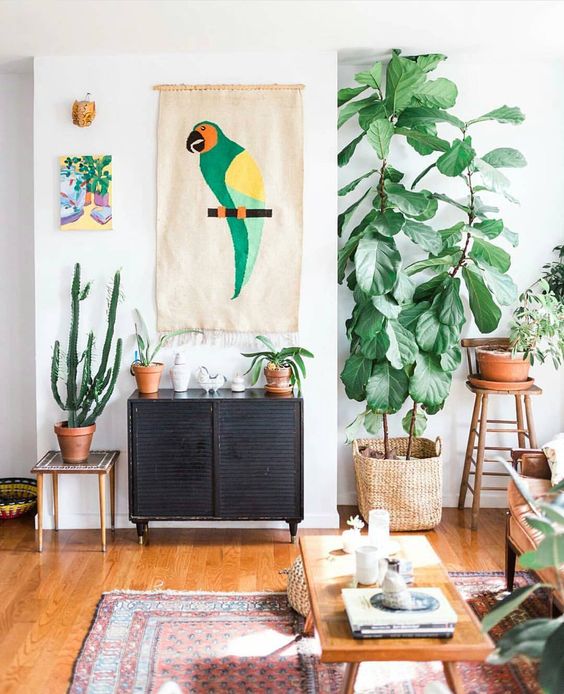Tomatoes are a sweet and delicious fruit from a very tolerant plant. Tomato plants are so popular because they are easy to grow, and homegrown tomatoes always taste better. As a vine, it is also good for the gardener who has very little space. This article will tell you how to grow tomatoes hanging from the ceiling, although it could be adapted to a hanging basket, too.
Why grow tomatoes upside down?
Home-grown tomatoes are always preferable to those bought from the supermarket. However, not everyone is lucky enough to have enough ground space for a vegetable garden. In that case, you can grow tomato plants upside down. It is an easy technique and will save space in your home for other things.
To grow tomatoes upside down, you need a sunny spot, where you can hang the containers. Plants that grow backwards are easier to prune and harvest. While the threat from weeds is minimal, there is less chance of soil-borne tomato plant diseases.
You also dispense with stakes and tomato cages. Tomatoes grown backwards are said to perform better compared to their counterparts. In short, this is one of the preferred methods of growing tomato plants.
What do you need to grow tomatoes?
- First, get the supplies needed to hang tomato plants upside down. You need plastic buckets or jars, some strong seedlings, soil, and tomato plants.
Tomato plant location.
The location, where the tomato plants are hung, should provide the plants with good sunlight. Caring for these plants includes daily watering, but avoid overwatering which can lead to dripping.
Turn the plants once a week to expose all parts to sunlight. This will prevent its growth in only one direction. It is recommended to feed the plants once every two weeks with a balanced fertilizer. You can also prune those branches that do not produce fruit.
In short, hanging tomato plants is not a difficult task that requires experience. However, such plants may not develop an expanding root system, and this can affect their size. You may also have a hard time hanging those heavy containers with soil and plant.
Steps to growing tomatoes upside down.
- Install the hanger. Choose a sunny spot indoors to hang tomato plant containers. Your plant can be hung from a ceiling hook or tied around a beam. Use what works for the space you have allocated.
- Select a small tomato plant. Plants bought or grown from seed are good options. Add water to the plant very well and put it aside.3, Tie a string or string to the edges of the bottom of the bottle cutout for hanging. Drill the holes with a hole punch, or use a sharp tool to insert holes that the chain can pass through. Knot the rope in place with ties to tie to the installed hangers. In the image later in this tutorial you show two holes, you may find that three holes produce a better balance – experiment to see which one works best.
- Take the tomato plant from its original pot. Gently plant it upside down in the bottle. Gently tuck the plant through the hole so that the tomato plant is hanging out of the hole, with the roots still inside the bottle.
- Fill the bottle with a mixture of good compost and garden soil. Then water it. (Now you see why the perch was put in first – it would not be good to put the plant on the ground or on a surface, as it would damage the plant.) If a basket is used, insert the bottle into the hanging basket, if not, just hang the bottle directly to the hangers. Now you are ready to start your tomato plant upside down.
- Water your tomato plant regularly. The easiest way to water is with a plant watering bottle that contains a hook-shaped tube that sucks the water up and delivers it through the hook tube to the top of your pot; Simply hold the bottle, string the hook-on top of the pot, and pump the water out. These can be purchased at hardware and garden stores.
Keep in mind that water tends to drip from the neck of the bottle, which will gradually decrease as the roots develop.
Try putting another plant underneath your hanging tomato plant to catch any excess water that leaks out, or place a container under the plant to collect the water and use it to water the other hanging tomato plants.
Another option is to hang the plant where it does not matter so much where the water drops fall, as on your balcony, and in that case, you could also place other pots that are not hanging underneath to take advantage of that water in them.









